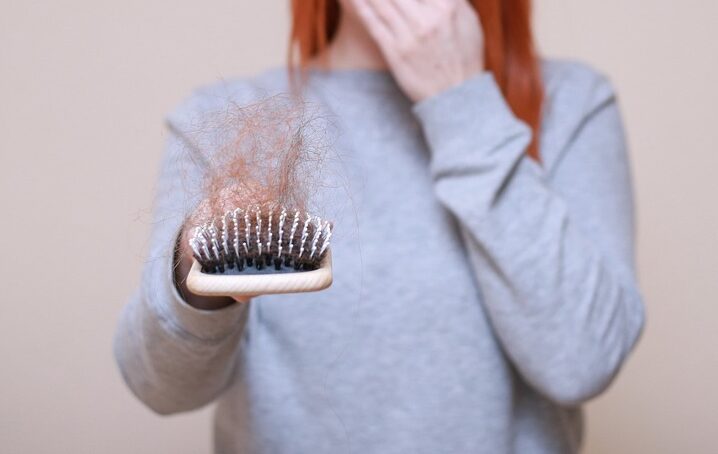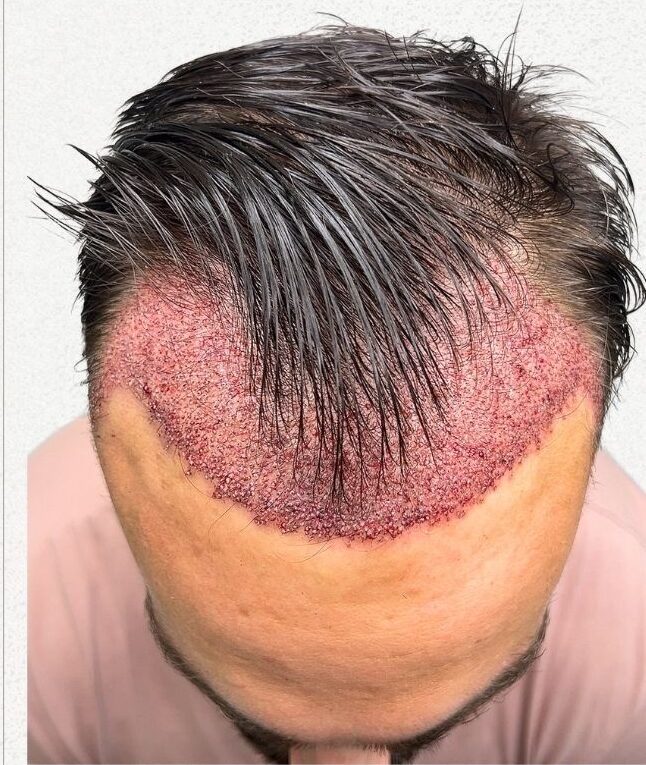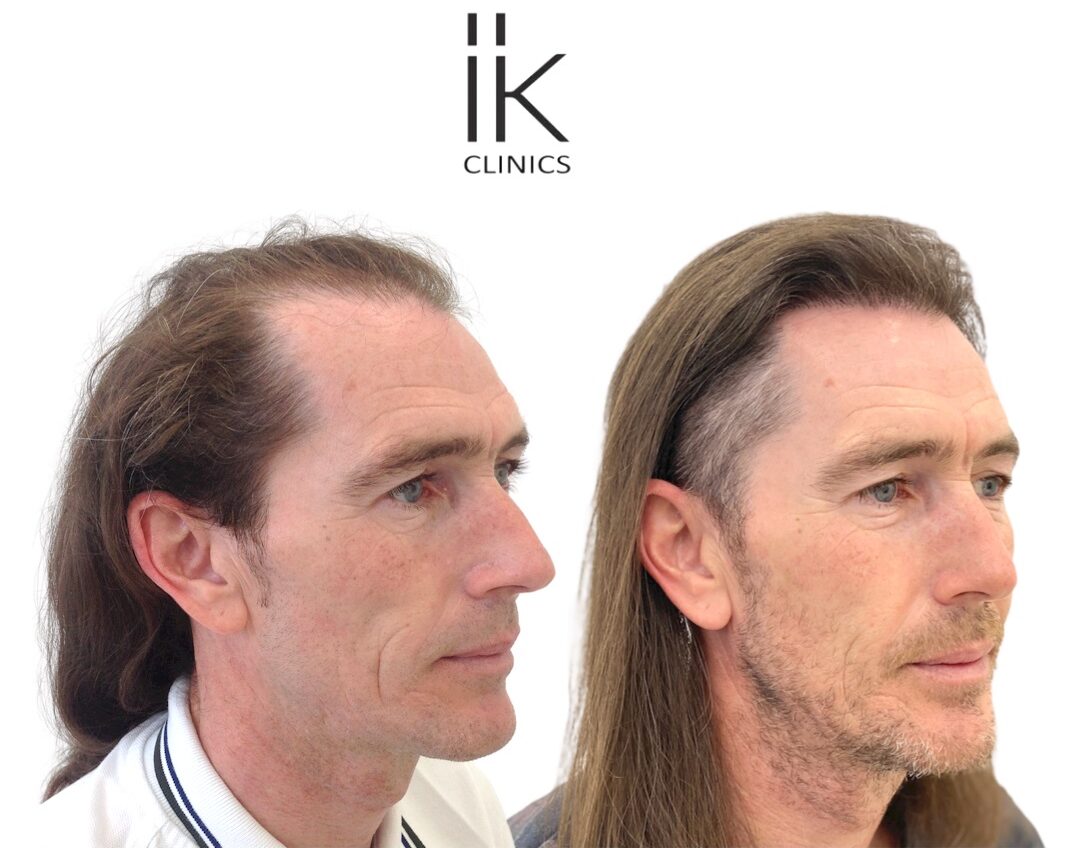Hair loss is a common concern that affects both men and women at different stages of life. Whether it’s thinning hair, a receding hairline, or noticeable bald patches, it can be worrying when hair starts to disappear more than usual.
But what causes it?
Let’s take a dive into the common reasons behind hair loss, while also exploring the similarities and differences in how men and women experience this frustrating situation.
Hair Loss: A Universal Issue
First, let’s establish that hair loss, though often seen as more common in men, is something that happens to both men and women.
While we may associate a bald head with the male population, many women also experience significant hair thinning or shedding. The main takeaway here is that hair loss doesn’t discriminate by gender, and both sexes can find themselves dealing with it.
However, the causes, patterns, and experiences of hair loss can differ significantly between men and women.
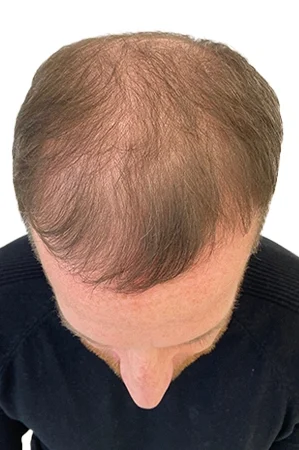
The Most Common Causes of Hair Loss
Genetics: Blame it on the Family Tree
One of the most common causes of hair loss for both men and women is genetics. If hair loss runs in your family, chances are you might experience it at some point too.
For men, this condition is typically referred to as male pattern baldness or androgenetic alopecia. It usually begins with a receding hairline or thinning on the crown and can lead to partial or complete baldness over time.
Women, on the other hand, usually experience female pattern hair loss. This type of hair loss tends to be more spread out, leading to overall thinning rather than bald patches. You won’t typically see a receding hairline in women as much as you do in men, but that doesn’t mean it’s any less distressing.
Genetic hair loss in women often results in noticeable thinning around the parting or across the scalp.
Hormonal Changes: A Real Hair-Raiser
Hormones play a significant role in hair loss, particularly for women. Conditions like pregnancy, menopause, and polycystic ovary syndrome (PCOS) can cause significant hormonal shifts, leading to temporary or long-term hair thinning.
For instance, it’s common for women to notice more hair shedding after pregnancy due to changing oestrogen levels. This type of hair loss is usually temporary and improves once hormone levels stabilise, but it can still be a stressful experience.
For men, hormonal changes linked to testosterone can trigger hair loss. Specifically, a byproduct of testosterone called dihydrotestosterone (DHT) is often to blame. DHT shrinks hair follicles, eventually causing them to stop producing hair altogether.
Unfortunately, this is a progressive issue, meaning it tends to worsen over time.
Stress: Pulling Your Hair Out (Literally)
Stress is another major cause of hair loss, and it affects both men and women equally.
When you go through a particularly stressful period, whether physical or emotional, it can cause more hair follicles than usual to enter the resting phase, resulting in significant shedding a few months later.
The good news is that stress-related hair loss is usually temporary. Once the stressful event is over and your body has had time to recover, hair growth often resumes as normal.
However, chronic stress can lead to more persistent hair loss issues, so managing stress levels is crucial for maintaining a healthy head of hair.
Nutritional Deficiencies: Feeding Your Hair
It’s often said that “you are what you eat,” and this holds true for your hair as well. Nutritional deficiencies are a significant cause of hair loss, especially if your diet lacks essential vitamins and minerals.
Iron deficiency is particularly common, especially in women, and is linked to hair thinning. Vitamin D, biotin (vitamin B7), and zinc deficiencies can also lead to hair loss.
Both men and women need to be mindful of their diet when it comes to maintaining healthy hair. If you’re not getting enough nutrients through your diet, it may be time to consider supplements or adjusting your eating habits to include more hair-friendly foods like leafy greens, lean proteins, and healthy fats.
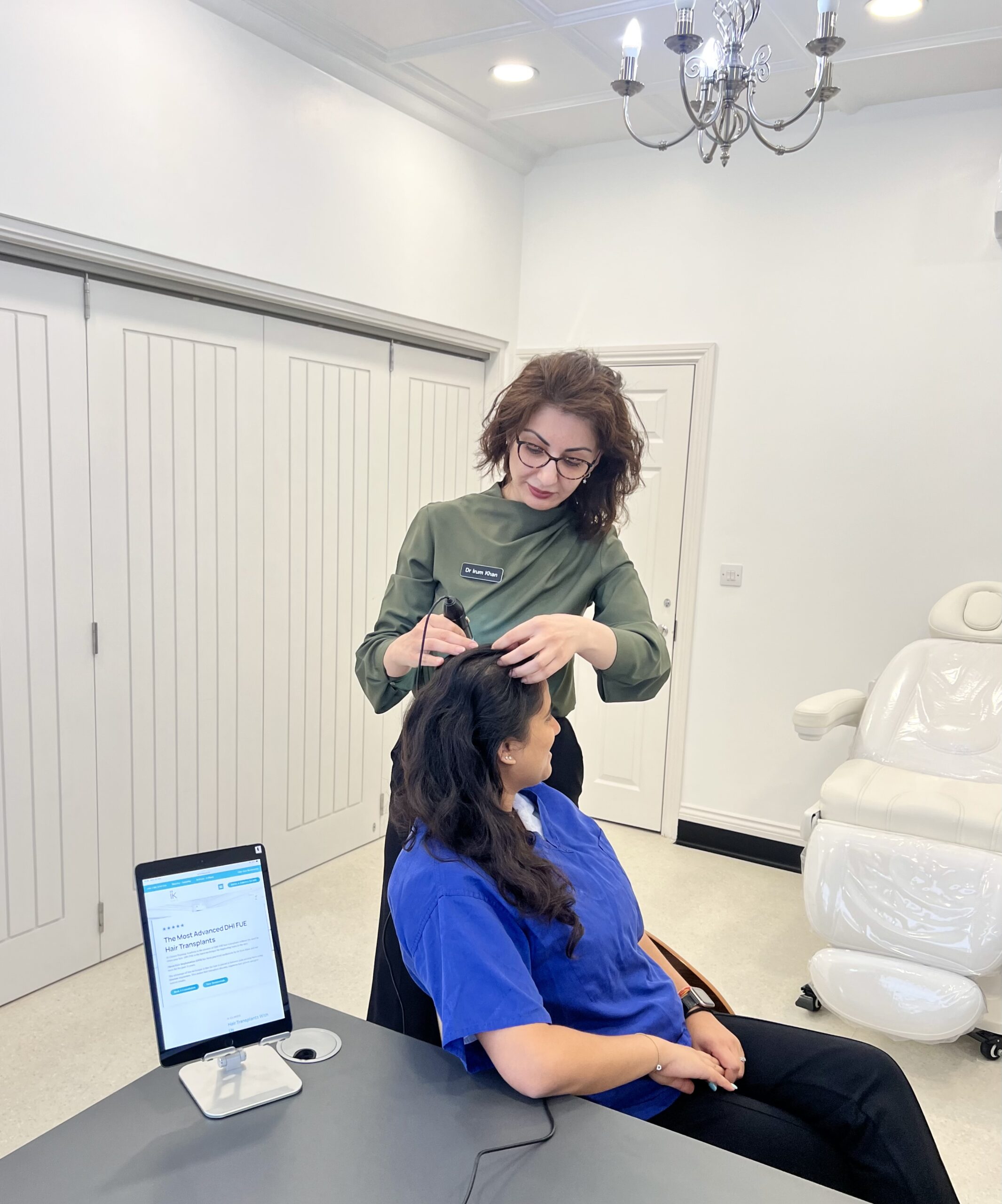
Key Differences in Hair Loss Between Men and Women
While many of the causes of hair loss are the same for both men and women, there are some key differences in how hair loss manifests.
Hair Loss Patterns
The pattern of hair loss is perhaps the most noticeable difference between men and women. For men, hair loss often starts with a receding hairline or thinning around the crown. Over time, these areas may grow larger, eventually leading to baldness. The classic “M” shape is typical of male pattern baldness.
In women, hair loss tends to be more diffuse. Instead of a receding hairline, women are more likely to notice thinning all over the scalp, particularly around the part line. Complete baldness is rare in women, but significant thinning can be just as distressing.
Psychological Impact
Both men and women can struggle emotionally with hair loss, but societal norms often lead to different experiences. Men may feel pressured by ideals of masculinity that value a full head of hair, but baldness in men is more widely accepted and normalised in society.
Women, on the other hand, often feel a stronger societal pressure to maintain their hair, leading to more feelings of embarrassment or shame when hair loss occurs. This can result in women feeling more isolated or anxious about their hair loss compared to men.
Seeking Treatment for Hair Loss
If you’re experiencing hair loss, the good news is that there are plenty of treatment options available for both men and women.
From over-the-counter solutions to more advanced treatments like hair transplants or laser therapy, it’s possible to manage and, in some cases, reverse hair loss. For those whose hair loss is linked to nutritional deficiencies, simple dietary adjustments or supplements can make a significant difference.

Conclusion: Hair Loss is Personal, But You’re Not Alone
Hair loss is a deeply personal issue, and it’s important to remember that you’re not alone in experiencing it. Whether you’re a man or a woman, hair loss can be distressing, but understanding the causes and knowing your options can help you feel more empowered to tackle the issue.
The key takeaway is to pay attention to your hair health and seek advice from a healthcare provider or a professional hair restoration clinic, such as IK Clinics, if you notice significant changes.
Remember, hair loss happens to millions of people every year, and with the right care and treatment that is personal and tailored just for you, it’s something you can manage effectively.
About IK Clinics
At IK Clinics, we’re not afraid to say that we’re proud to lead the way. Our expert team, advanced technology, and commitment to patient care ensure you get the best experience from start to finish.
What’s more, we offer a range of services in hair restoration, like FUE, Stem-cell and Plasma Therapy, along with various anti-aging treatments. Get in touch to find out more or book a consultation.
